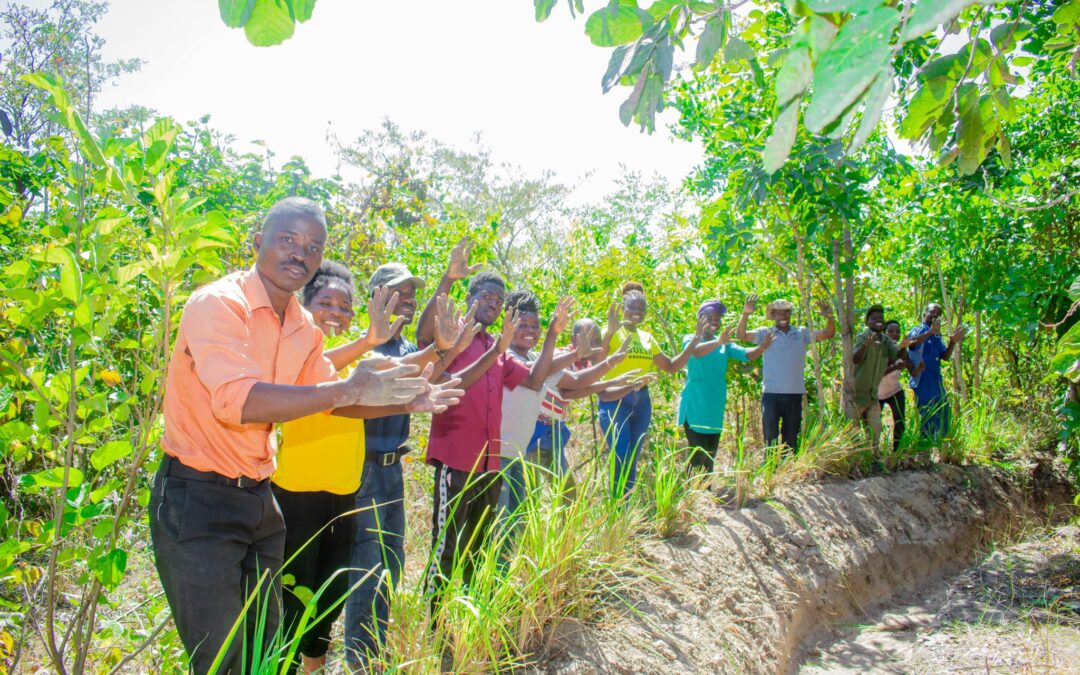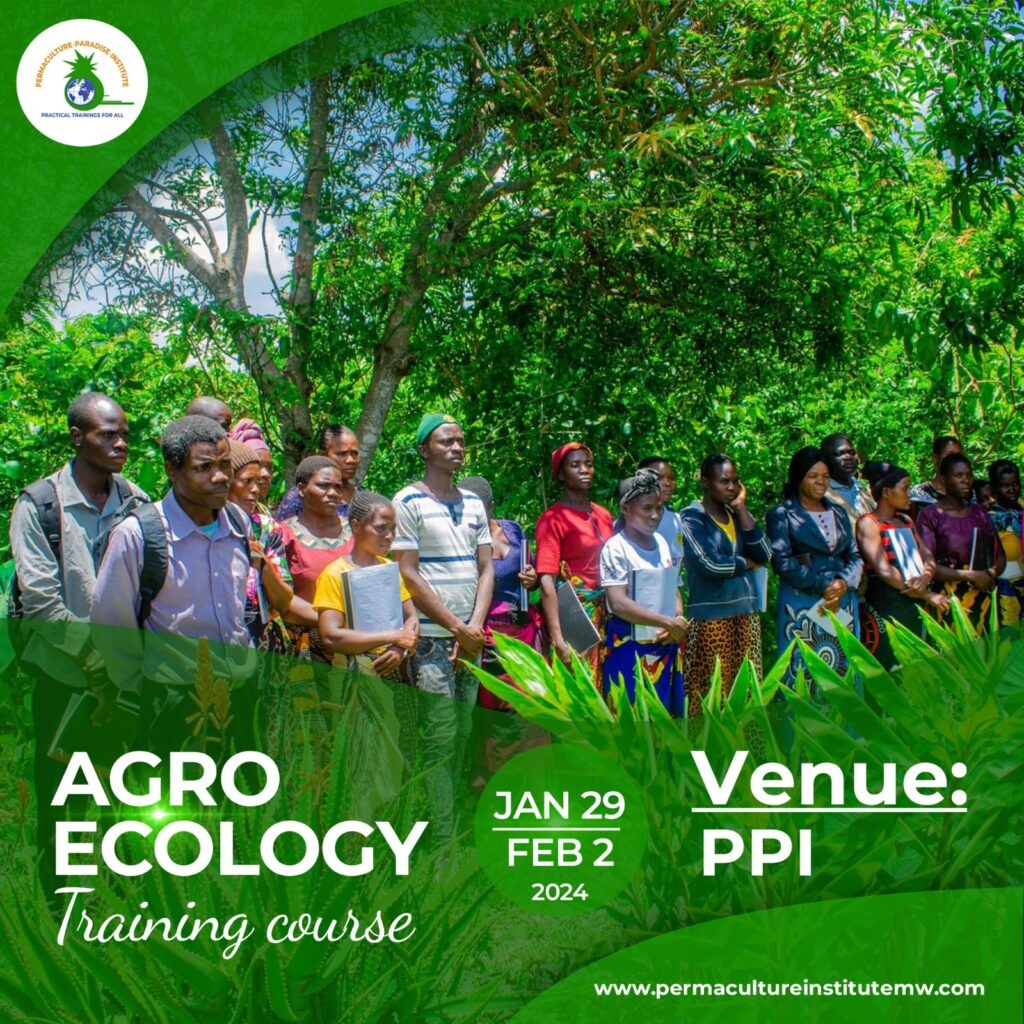On day four of the international 72-hour Permaculture Design Course at the Permaculture Paradise Institute, the 11 dedicated participants reconvened with a growing sense of purpose. The focus for the day was crucial: designing for sustainable water management. Water, often described as the lifeblood of the earth, was to be the centerpiece of both the morning’s theory sessions and the afternoon’s practical activities. Later, the participants would delve into base mapping tips, essential for translating their observations and insights into actionable designs.
The day began with an in-depth exploration of sustainable water management principles. The instructors underscored the importance of designing systems that not only conserve water but also enhance its availability and quality. Participants learned about various techniques such as rainwater harvesting, greywater recycling, and the creation of swales and ponds to manage water flow and storage effectively. The emphasis was on working with the natural landscape to optimize water use and reduce dependency on external water sources.
Through engaging presentations and discussions, the participants were introduced to concepts like contour mapping and keyline design, which are instrumental in directing water to where it is needed most. They examined case studies of successful water management systems from around the world, gaining insights into how thoughtful design could transform arid landscapes into thriving, water-efficient ecosystems.
After a morning rich in theoretical knowledge, the participants took their learning outdoors. Armed with maps and tools, they explored the institute’s grounds, identifying areas where water management systems could be implemented or improved. They practiced measuring contours, planning swales, and assessing the potential for rainwater collection. This hands-on session brought the morning’s lessons to life, allowing them to apply their new knowledge to real-world scenarios.
The midday sun marked the time for lunch, and once again, the participants gathered to share a meal and their experiences. Conversations buzzed with excitement as they discussed their observations and the possibilities for water management in their own communities. The camaraderie that had been growing over the past days now felt like a solid foundation, reflecting the collaborative spirit of permaculture itself.

In the afternoon, the focus shifted to base mapping—a crucial skill for any permaculture designer. The instructors highlighted the importance of creating accurate and detailed base maps as the starting point for any design process. Participants learned tips and techniques for mapping a site, including how to accurately depict topography, vegetation, structures, and existing water flows. They explored different tools and methods for creating these maps, from traditional hand-drawn techniques to modern digital tools.

Back in the field, the participants put their mapping skills to the test. They sketched detailed base maps of the institute’s grounds, incorporating their observations from the water management session. The exercise was both challenging and rewarding, providing them with a tangible representation of the landscape and its potential. These maps would serve as the foundation for future designs, capturing the essence of the site in a form that could be continually refined and expanded.
As the day drew to a close, the participants gathered for their now-familiar reflection circle. They shared their experiences of the day, discussing the insights they had gained into sustainable water management and the practicalities of base mapping. There was a shared sense of accomplishment and a deepened appreciation for the intricate relationship between land and water.
Day four at the Permaculture Paradise Institute had equipped the participants with essential tools for designing systems that could sustain and enhance life through thoughtful water management. They left the institute that evening with a profound understanding of the critical role water plays in permaculture and the knowledge to harness its power for creating resilient, thriving ecosystems.
As they looked forward to the final day of their course, the participants carried with them a sense of readiness to apply their learnings and make a positive impact on their communities. The journey of discovery and transformation was nearing its culmination, but the seeds of knowledge and inspiration planted over these days were only just beginning to sprout.



